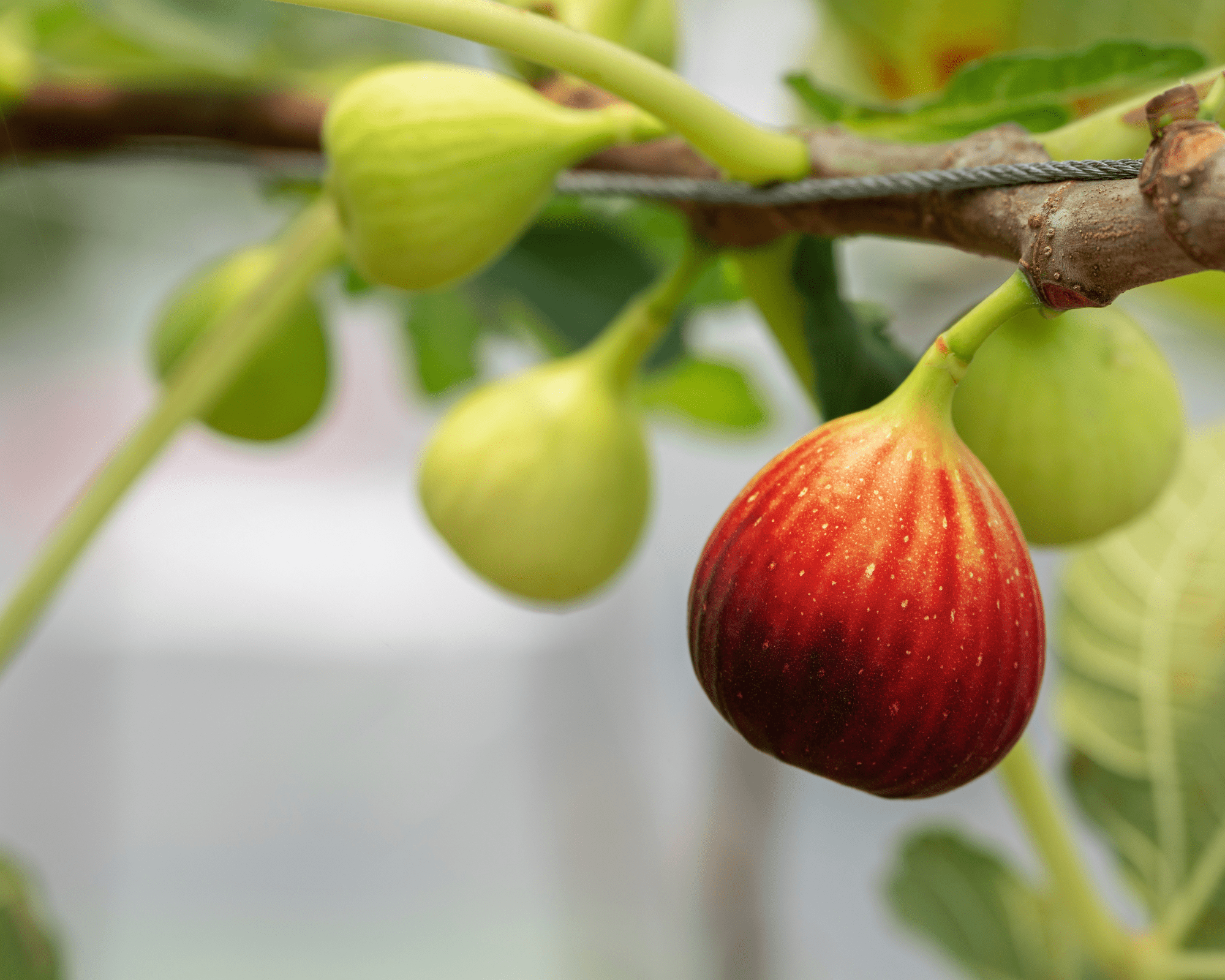Please read the full disclosure for more info. 💚
Fig leaves might seem like an odd addition to your kitchen, but trust me, they are one of nature’s hidden culinary gems. For years, I’ve been experimenting with fig leaves and their unique flavor, and I’ve found so many ways to use them in my kitchen. They offer an aromatic quality that can enhance both savory and sweet dishes in surprising ways.
1-Fig Leaf-Infused Oil
One of the easiest and most aromatic ways to incorporate fig leaves is by infusing them into olive oil. The leaves have a subtle, nutty, and slightly herbal flavor that can elevate any dish. To make the infusion, heat a few fig leaves in olive oil over low heat for about 10-15 minutes. Strain out the leaves, and you’re left with a delicately flavored oil that’s perfect for drizzling over salads, roasted vegetables, or even grilled meats. It’s a simple but transformative addition that can add a gourmet touch to your meals.
2- Wrapping for Grilling and Roasting
Fig leaves are large and sturdy, making them excellent for wrapping food before grilling or roasting. I wrap fish fillets or chicken breasts in fig leaves before grilling them on the barbecue. The leaves help lock in moisture while imparting a delicious herbal flavor. You’ll find that the leaves give your grilled food a unique, smoky aroma—almost like an herbaceous version of banana leaves. It’s also a great way to infuse the dish with natural flavors without adding extra fat or salt. When you grow you’re own figs, try it!
3- Fig Leaf Tea
If you’re looking for something soothing and slightly different, fig leaf tea is a wonderful way to use fresh or dried fig leaves. I brew it by steeping a few leaves in hot water for about 5-7 minutes, allowing the leaves to release their gentle, earthy aroma. The tea is naturally caffeine-free and packed with antioxidants, making it a perfect drink for winding down at the end of the day. You can add honey or lemon to enhance the flavor, and it’s an excellent alternative to traditional herbal teas.
4- Stuffed Fig Leaves (Rice or Meat Fillings)
Instead of the typical grape leaves used for stuffed rice or meat dishes, fig leaves offer a unique twist. I use fresh fig leaves to wrap rice, fresh herbs, and sometimes minced lamb or beef, before steaming or baking them. The fig leaves add a subtle nuttiness to the filling, which is perfect for enhancing flavors. It’s an easy dish to prepare and always a hit when I have guests over. You can pair these stuffed fig leaves with a side of yogurt or a tangy dipping sauce to balance the flavors.
5- Desserts and Baking
Fig leaves can even be used in baking. I’ve experimented with wrapping fig leaves around a cake or pastry dough before baking, and the result is surprisingly good! The leaves help retain moisture while imparting a sweet, slightly smoky flavor. You can use this technique with fruit-filled tarts or pastries. It’s also a creative way to add a touch of sophistication to your dessert presentation.
As you can see, fig leaves are much more than just a garden ornamental. They’re a versatile and flavorful ingredient that can add depth to both simple and intricate dishes. The next time you have access to fresh fig leaves, don’t hesitate to experiment. You might just discover your new favorite kitchen staple! To learn more from growing figs, Check for Day 8 here! 🌱


